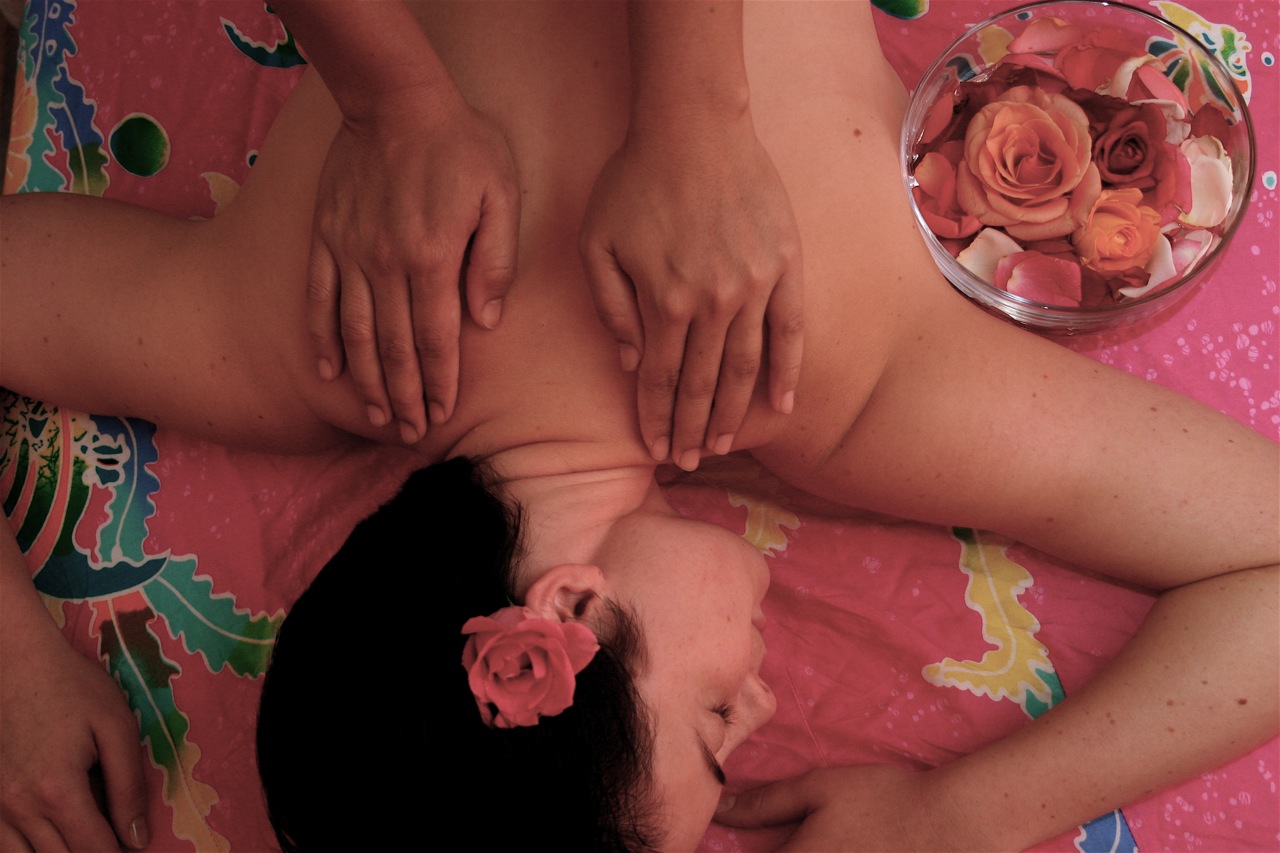Eavesdropping with Electrodes, Predicting an Eruption and muscle repair with a massage!
Interview with
Eavesdropping with Electrodes
The conversations we hear, and even the ones we have in our own head, have been
decoded by scientists at the University of California, Berkeley.
Activity in an auditory region of the brain called the superior temporal gyrus was recorded by implanting grids of more than 30 electrodes in 15 volunteers as they listened to various words and sentences. The researchers, led by Brian Pasley, could then use the observed patterns of brain activity to predict what the volunteers had heard...
Brian - Different brain sites were representing different frequencies and we could use that understanding of the relationship between the sound frequencies and the brain activity to try to predict what the sound was that the person was listening to. One potential application is, is this perception process similar to internally verbalising or imagining speech? Could it be applied to development of different neuroprosthetic devices for communication for example in patients who are severely disabled or have severe paralysis that have no other means of communication?
---Predicting Eruptions of Calderas
Caldera eruptions could be predicted many years in advance by regularly
monitoring the composition of magma found below.
Calderas are one of the  largest types of volcano known. They can remain dormant for hundreds of thousands of years but have the potential to become active, releasing so much magma in the process that the surface of the Earth caves in.
largest types of volcano known. They can remain dormant for hundreds of thousands of years but have the potential to become active, releasing so much magma in the process that the surface of the Earth caves in.
Analysing samples of pumice from Santorini in Greece, providing records of magma activity in the build up to Santorini's eruption in the late 1600's, Tim Druitt from Blaise Pascal University discovered the presence of rock crystals that only form in the decades leading up to an eruption...
Tim - There was this long period of dormancy before, many thousands of years, and yet suddenly, something happens to form all these crystals. The processes that were priming this volcano for this big eruption actually occurred in a very short time scale, and it really would be sensible to monitor these better to improve our chances of picking up the re-awakening of these systems.
---The Sweet way to keep bacteria at Bay
Honey could hold the key to keeping wound infections at bay.
Wound infections can often be hard to treat because bacteria form a defensive barrier known as a biofilm, which can impede the ability of antibiotics to access the affected area.
Now a team at the
University of Cardiff led by Sarah Maddockshave shown, in a culture dish, that medical-grade manuka honey can dismantle these biofilms, making wounds caused by common bacteria like streptococcus pyogenes easier to treat...
Sarah - If you apply honey whilst your growing the biofilms, you get a statistically significant reduction in the amount of biofilm that grows which suggests that it would be a useful prophylactic treatment. But we also found that if we grew the biofilms to 24 hours and then treated them for 2 hours with the manuka honey, we could get a total reduction in the biofilm biomass of about 85%.
---Massaging your Aches and Pains Away
And finally, a massage could speed up muscle repair and recovery after injury.
Whilst massages have long been used in physical rehabilitation, the mechanisms behind their beneficial effects were unknown.
Now, performing massage therapy on male volunteers after heavy exercise and analysing muscle biopsies, Mark Tornopolsky and colleagues from McMaster University found that just 10 minutes of massage resulted in reduced inflammation and increased production of structures called mitochondria which give cells energy...
Mark - It certainly is very encouraging that we can reduce inflammation which might help someone to recover faster and get on to their next training bout and we know from many studies that endurance exercise and having greater mitochondrial capacity is a good thing and can reduce the incidence of diabetes, obesity, and improve muscle function in older adults. So I think anything that enhances mitochondrial function is likely to have significant clinical benefits.
And this work was published this week in the journal
Science Translational Medicine.










Comments
Honey!
so the good old honey never fails to disappoint
Add a comment